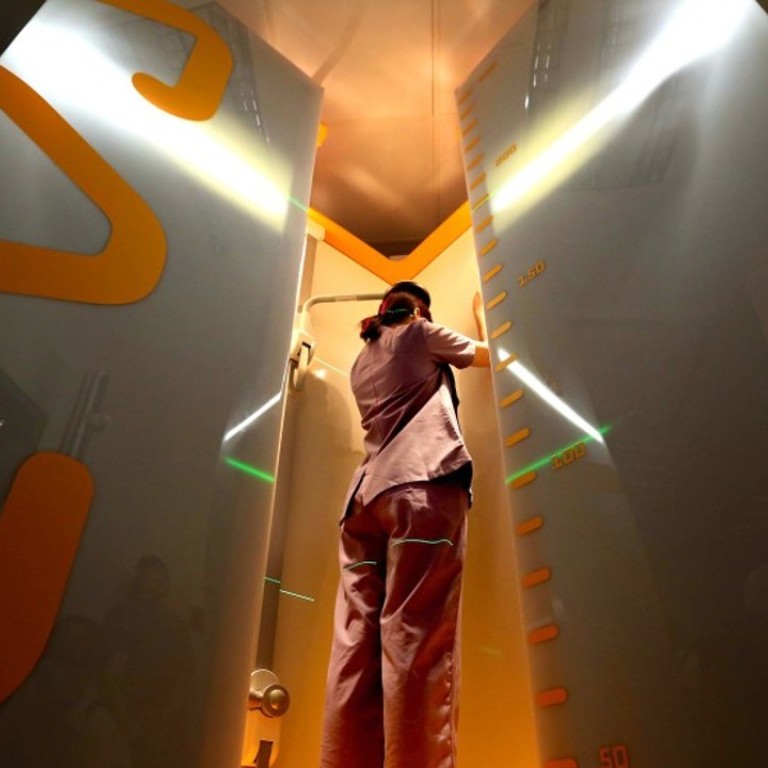
‘X-rays can be a double-edged sword’: Radiation also found to have beneficial effect of boosting cell’s batteries to slow ageing
Chinese scientists claim low dosages can increase rate at which mitochondrial DNA replicates, which could be used to ward off degenerative diseases
A small amount of radiation exposure from X-rays can increase the lifespan of mitochondria - the “batteries” that energise the body’s cells - a finding that has both positive and negative implications for our health, according to a new study by a team of Chinese scientists.
The team, led by Professor Zhang Hong with the Chinese Academy of Sciences’ Institute of Modern Physics in Lanzhou, in western China’s Gansu province, reported their findings in a paper published recently in the journal Scientific Reports.
They observed for the first time that reactive oxygen species generated by ionised radiation can actually increase the rate at which mitochondrial DNA replicate.
Mitochondria are tiny rod-like structures that store a small but diverse packet of genetic material. They can be considered the cell’s power plants as they convert energy from food into cellular fuel, and they are believed to play a key role in ageing and diseases like Alzheimer’s and caner.
But like batteries, each mitochondrion eventually reaches the end of its lifespan. When this happens, the parts of the DNA that work like tireless mechanics to repair damage to the mitochondria stop replicating.
As the mitochondria expire one after another, the cell gradually loses its energy supply and dies.
Until now, scientists have mostly viewed ionised radiation, such as that given off by X-rays, in a negative light as it has proven to be harmful to people’s health.
X-rays contain high-energy particles that can tear apart tightly-bound electrons, and even remove them from an atom. Many studies have shown that extensive X-ray exposure has a destructive impact on the way DNA replicates, which can accelerate the rate at which cells die.
But Zhang’s team found something new. They observed that by bombarding the mitochondria with a certain amount of radiation, the process can be reversed - thus contradicting established theories.
In their latest paper, the team provided an explanation of this intriguing phenomenon.
When X-rays hit a mitochondrion, it generates a number of reactive oxygen species. Some of these, like singlet oxygen, a high energy form of oxygen, are more prone to chemically bind with other substances as there are fewer electrons giving them strong electrical charges.
Zhang’s team observed that if the amount of singlet oxygen in a cell increases, so does the rate of mitochondrial DNA replication, thus stimulating a cell’s growth.
This process, in theory, could be used to slow down the process of ageing or treat diseases like Alzheimer’s that stem from the irreversible degradation of neurons in the brain.
But if low-strength X-rays were applied to tumour cells, it could make them worse.
At present, doctors use very low amounts of ionised radiation as a form of cancer treatment to kill tumour cells without harming healthy ones.
The latest study found that the "wrong" dosage could in fact help the cancer grow or spread. In their experiments, Zhang’s team found that chemicals released by low X-ray radiation could indeed stimulate the growth of human cancer cells.
Professor Chen Chang, a principle investigator at the National Laboratory of Biomacromolecules in Beijing, said the study was useful because mitochondria may hold the key to many important questions about life.
“We now know that X-rays can be a double-edged sword. We must treat it with extra care,” she said.

